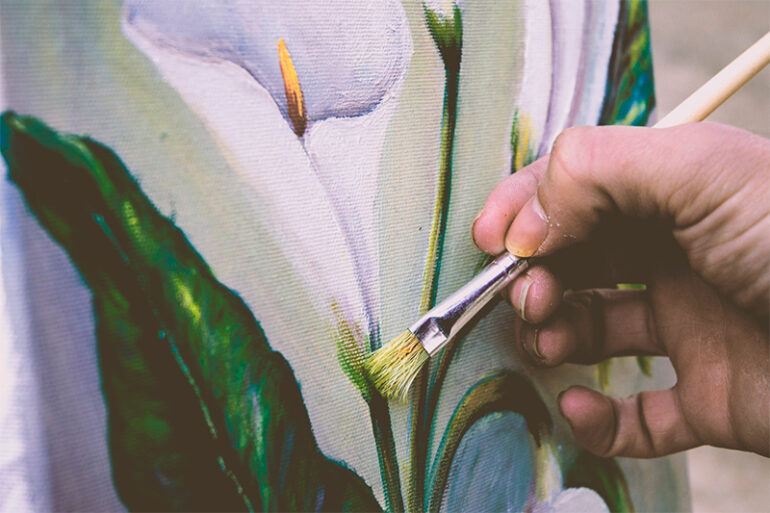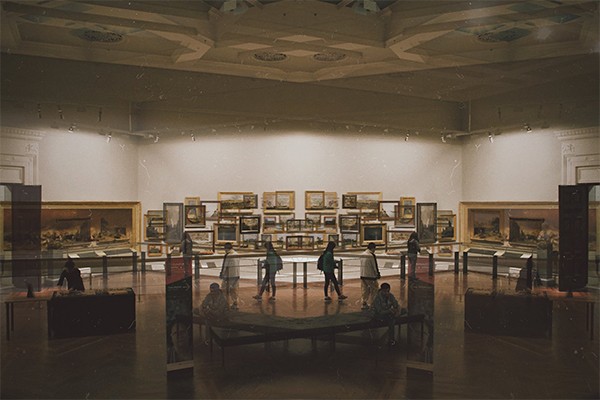Art restoration is a noble pursuit. Restorers repair willful and inevitable damage suffered by artworks, be it tears, discoloration, cracking, etc. Their goal is to enable us to see the art as it was always meant to look. However, there’s a growing debate on whether an artwork should even be restored, what degree of restoration is acceptable, whether the restorer is infringing upon the artist’s intent. Today, we’ll explore the arguments and how modern restoration studios address these concerns.
Explaining art restoration
Artworks seldom have one owner. This exchange in ownership could lead to dents, scrapes, punctures, and other structural damages throughout the years. Unfortunately, some artworks also fall into the hands of careless collectors, who store and display them in poor conditions, resulting in pests, mold, smoke, and other elements to deteriorate the piece. In these cases, an art restorer is called in to reverse the damage done to the painting. The extent of work the restorer must do relies heavily on the artwork’s condition and the client’s wishes. In some cases, the client only wants the painting cleaned to remove yellowing varnish and reveal the work’s intended colors. In others, the client wants the piece to look as good as the day it left the painter’s studio.
The debate
Some curators argue that excessive restoration of a piece will devalue it, as it becomes less the original artist’s work and more the restorer’s work. Art historians also claim that art restoration is unnecessary as their work erases the history of the work. However, there are also works where the artists intentionally played into the transience of the material, like Beuys Fettecke. This debate has increased in fervor over the past years as news of botched restorations made headlines worldwide.
The compromise
Most self-respecting professional restoration studios vow never to apply permanent changes to the artwork. This means that any material they add to the piece, be it paint, filler, varnish, etc., is specifically formulated to be easily removed without damaging the original. They also make a point to never paint over where the painting is still intact. For example, if the canvas were punctured, restorers would patch the canvas, fill the hole, then paint the hole with pigment as close to the surrounding paint as possible. It’s essential to get an exact color match as they can’t paint outside of the patched area to blend the colors. The goal of art restoration is not to make something look perfect. It is to preserve the integrity of the artwork so that future generations can continue to appreciate it.
Art from centuries ago is rarely ever in pristine condition, and the only reason we can even enjoy them now is thanks to the work of restorers. New technology makes damage analysis and assessment less invasive and helped restorers approach a job with fewer mistakes. Science combined with skilled and restrained restoration may allow artworks to last for generations and reduce the need for further restoration down the line.
Photo Attribution:
1st and featured image from https://www.pexels.com/photo/person-taking-a-painting-716733/
2nd image from https://www.pexels.com/photo/people-inside-room-2425012/

